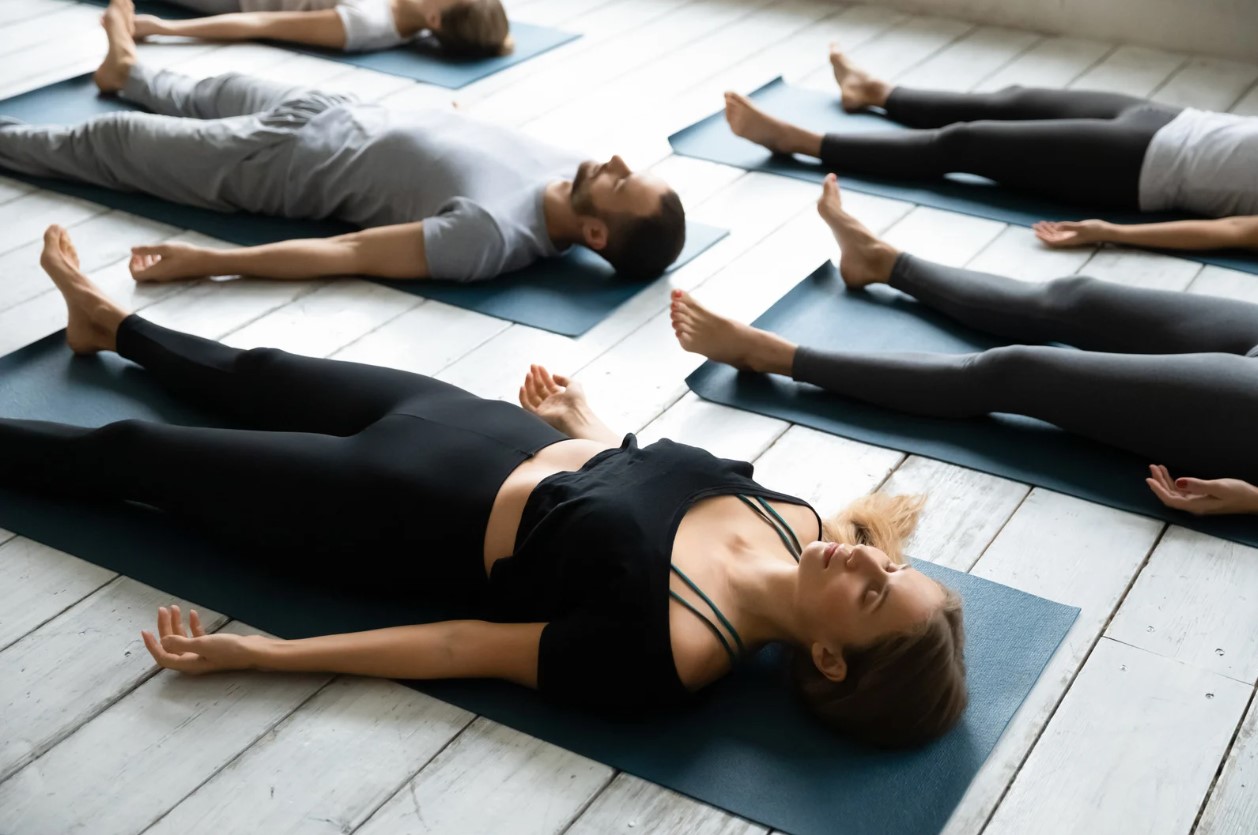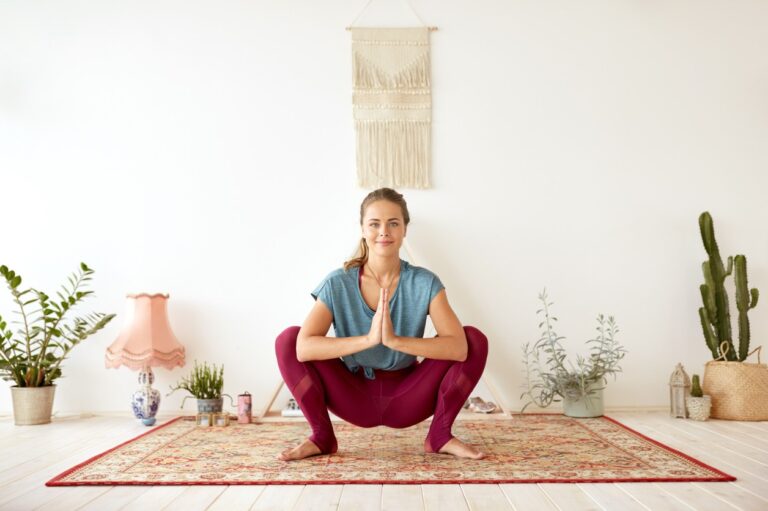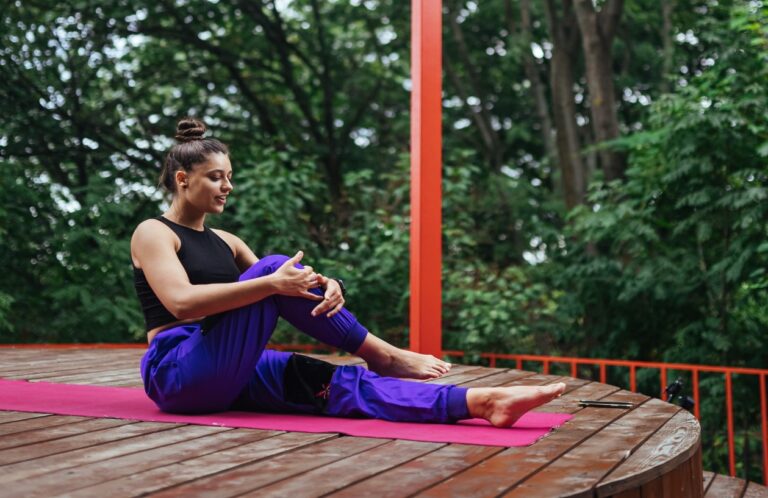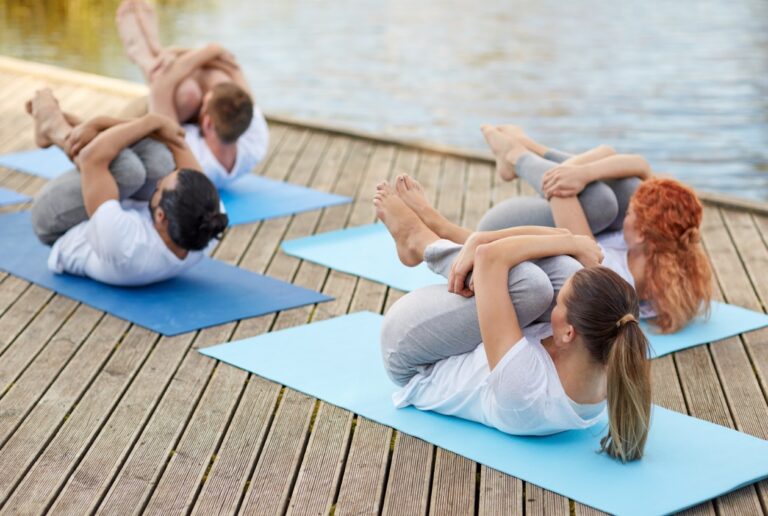Shavasana (Corpse Pose) – How to Practice and Benefits
The asana is pronounced as sha-vah-sa-na
“Sava” – Corpse; “Asana” – Pose
The Sanskrit word “Shava” means corpse hence this is the Corpse. The shava-asana is also known as the “mrta-asana“. This pose gets its name from the recumbent posture of a dead body. It is a position of rest and relaxation, and is usually practiced towards the end of a yoga session – a session that typically begins with activity and ends in rest; a space or pause when deep healing can take place.
How to do Savasana (Corpse Pose)
- Lie flat on your back with your legs together but not touching, and your arms close to the body with the palms facing up.
- Keep your eyes gently closed with the facial muscles relaxed and breathe deeply and slowly through the nostrils.
- Starting at the top of the head and working your way down to the feet, bring your attention to each part of your body, consciously relaxing it before proceeding on to the next.
- Remain in the shava-asana for between 3 and 5 minutes or longer. If you become sleepy while in the shava-asana begin to breath a bit faster and deeper.
Join IYS Kundalini Yoga Teacher Training Course
Duration/Repetitions:
We recommend that you begin your period of yoga-asana practice with at least 3-5 minutes of shavasana. Return to it periodically throughout your posture session to relax and rejuvenate the body/mind and then conclude your session with at least 3-5 minutes more.
Benefits of Savasana
- This posture brings a deep, meditative state of rest, which may help in the repair of tissues and cells, and in releasing stress. It also gives time for the yoga workout to sink in at a deeper level
- This posture leaves you in a state of rejuvenation. It is the perfect way to end a yoga session, particularly if it has been a fast-paced one.
- It helps reduce blood pressure, anxiety, and insomnia.
- This is an excellent way to ground the body and reduce the Vata dosha (imbalance of the air element) in the body.
Duration: According to time available. In general, the longer the better, although a minute or two is sufficient between asana practices.
Awareness: Physical- first on relaxing the whole body, then on the breath.
Practice note: Do not move the body at all during the practice as even the slightest movement disturbs the practice.
A personal mantra may be repeated with every inhalation and exhalation. For maximum benefit, this technique should be performed after a hard day’s work, before evening activities, or to refresh the body and mind before sitting for meditation, or just before sleep.
Note: This asana is also known as mritasana, the dead man’s pose.
Shavasana, or Corpse Pose, is a restorative posture practiced at the end of a yoga session to promote deep relaxation and mental clarity. By allowing the body to fully release tension, it supports stress relief and mindful awareness. Often taught in a yoga school in India, Shavasana is an essential part of a 200 hour yoga teacher training in India, helping students integrate their practice with calm and balance.




